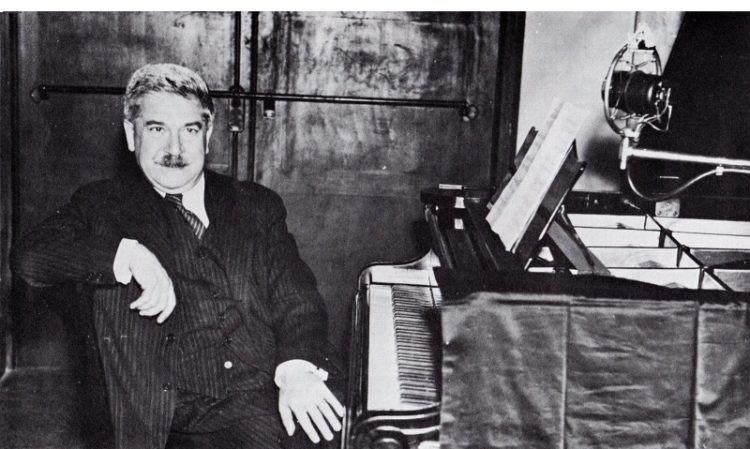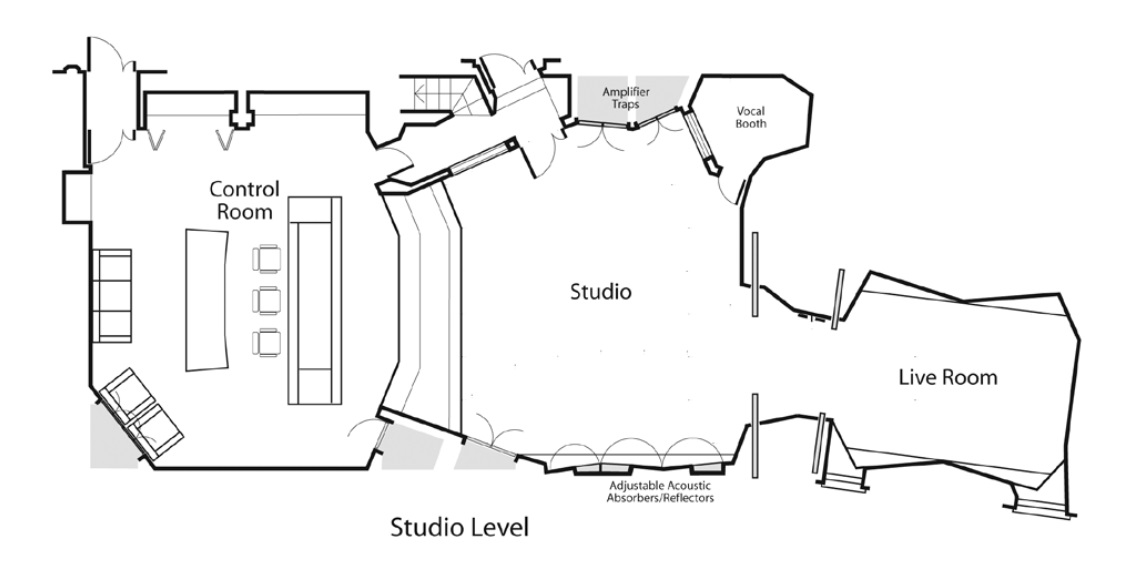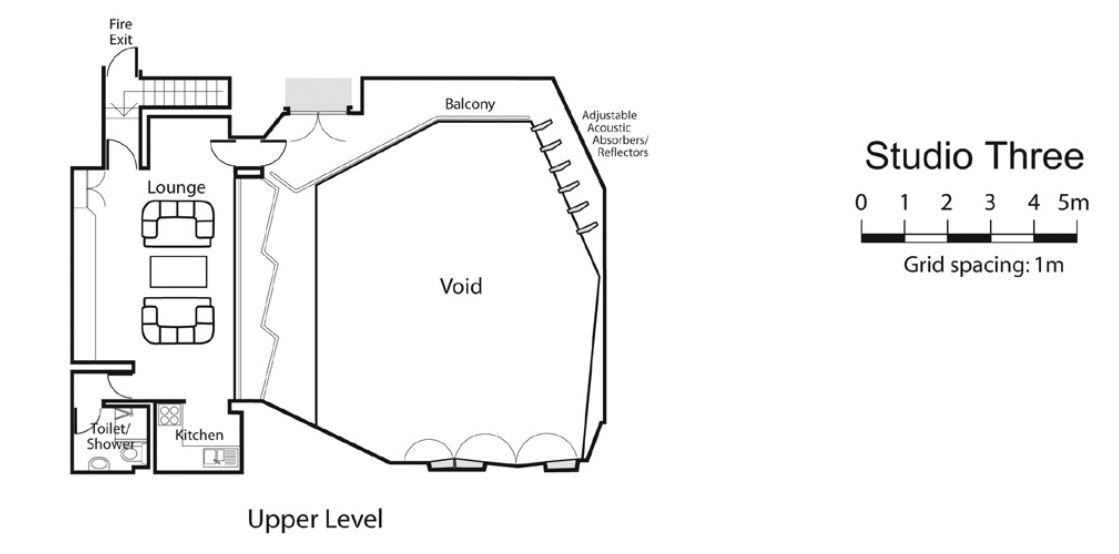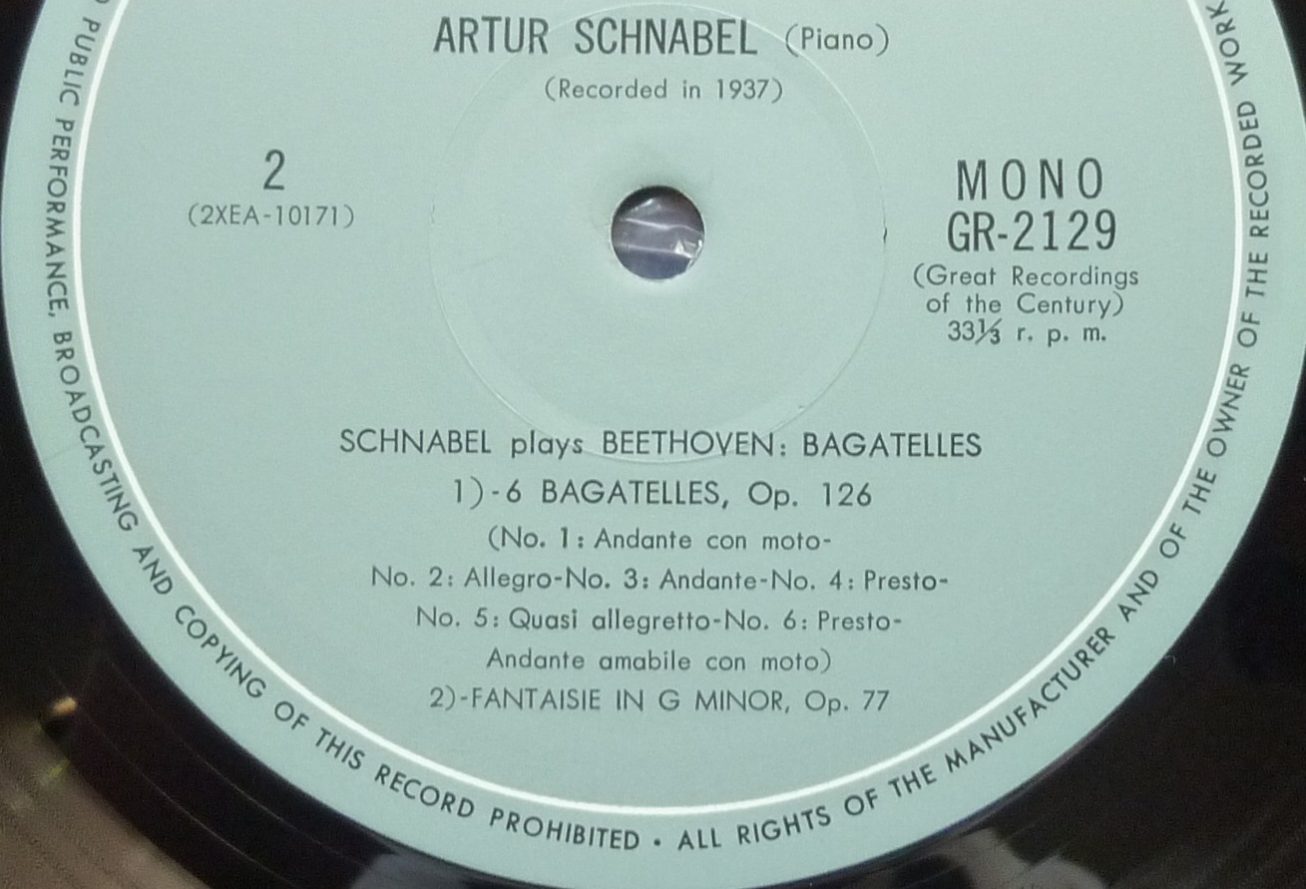
Schnabel – I – Beethoven: Bagatellen Op. 33 & 126 – Fantasia Op.77 – 3 Rondos
Bagatellen Op.33 – 10 novembre 1938
Bagatellen Op. 126 – 13 janvier 1937
Fantasia Op.77 – 14 janvier 1937
Rondo Op.51 n°1 – 13 avril 1933 – Rondo Op.129 – 13 janvier 1937 – Rondo WoO 49 – 14 janvier 1937
Menuet WoO 82 – Bagatelle WoO 59 – 10 novembre 1938
Artur Schnabel, piano
Abbey Road Studio n°3 – Engineer Edward Fowler
33t. EMI-Toshiba GR 2120 & GR 2129
Ceci est le Volume I d’une série consacrée aux légendaires reports des enregistrements d’Artur Schnabel effectués par Anthony Griffith (1915-2005) et publiés en microsillon au Japon au milieu des années 60 par EMI-Toshiba. Leur particularité est qu’ils ont été non seulement réalisés à partir de pressages vinyle des matrices métalliques 78 tours d’origine, mais aussi qu’ils ont été reportés en 33 tours pratiquement sans aucun filtrage, et aucune autre édition ne reproduit aussi fidèlement le jeu du pianiste. Ils préservent également l’acoustique du studio d’enregistrement.
A la fin de l’année 1931, Fred Gaisberg (1873-1951), directeur artistique d’HMV a réussi à convaincre Artur Schnabel de faire des enregistrements. Le pianiste ne voulait pas fixer une fois pour toutes ses interprétations. Il avait aussi des exigences, notamment en ce qui concerne la reproduction de la dynamique. Pour caractériser les enregistrements, il utilisait le mot à double sens » Verplattung », signifiant aussi bien « mettre en disque » qu' »aplatir ». Son fils pianiste Karl-Ulrich était contre ces enregistrements, car il pensait que le matériel d’enregistrement n’était pas à même de reproduire (à titre de test) des effets tels que des sforzandos soudains, des basses bruyantes ou des excès de pédale, mais les premières prises réalisées l’ont lui aussi pleinement convaincu. Il faut dire aussi que les tous nouveaux Studios d’Abbey Road, inaugurés en novembre 1931, offraient de nombreuses nouvelles possibilités. HMV ayant accepté les conditions de Schnabel (enregistrer les 32 Sonates et les 5 Concertos de Beethoven, voire même toutes ses œuvres pour piano), un impressionnant programme d’enregistrement allant bien au delà du programme initial a pu être mené à bien entre janvier 1932 et janvier 1939 dans les Studios d’Abbey Road, au prix d’un considérable effort d’adaptation de la part du pianiste. Les Concertos étaient enregistrés au Studio n°1 et les œuvres pour piano seul et de musique de chambre au Studio n°3, avec toujours le même ingénieur du son, l’indispensable Edward Fowler (1902-1993) et toujours des pianos Bechstein.
Le Studio n°3, où tant de grands pianistes ont enregistré, avait une surface étonnamment réduite (47 m2), une hauteur de 7,15 m et un temps de réverbération très court (réglable entre 0,7 et 1 seconde). Sa forme en polygone irrégulier a probablement été étudiée pour éviter des phénomènes de résonances et d’ondes stationnaires qui auraient coloré le son. Il comportait également un volume annexe (Live Room) pouvant être couplé ou non au Studio proprement dit.
La photo ci-dessus, prise en 1939, montre que, pour ces séances, le piano était placé contre une paroi du Studio. On notera également la position proche et plutôt inhabituelle du microphone.
A l’époque de ces rééditions japonaises, Edward Fowler dirigeait les Studios d’Abbey Road. Anthony Griffith, responsable de ces reports, avait quant à lui participé en tant qu’ingénieur du son à des enregistrements de Schnabel en 1946 (Beethoven Concertos n° 2 & 4) et 1950 (Schubert Impromptus Op.90).

Edward Fowler



This is Volume I of a series dedicated to the legendary transfers of Artur Schnabel’s recording made by Anthony Griffith (1915-2005), and published as LPs in Japan by EMI-Toshiba in the mid-60s. They have been not only transferred from vinyl pressings of the original 78rpm metal parts, but also this has been done without any significant filtering, and no other edition reproduces the pianist’s playing so faithfully. The acoustics of the recording studio is also preserved.
Toward the end of 1931, Fred Gaisberg (1873-1951), HMV’s artistic director succeeded in convincing Artur Schnabel to make recordings. The pianist did not want his performances fixed for eternity. He also had concerns, especially about the reproduction of dynamics. To describe recordings, he used the double-meaning word » Verplattung », which meant « disc-making » as well as « flattening out ». His pianist son Karl-Ulrich was against the idea of his father’s recordings because he believed that the recording machines could not respond well to a test with sudden sforzandos, loud bass or too much pedal, but the first trial takes fully convinced him. It must be said that the brand new Abbey Road Studios, inaugurated in November 1931, offered many new possibilities. HMV having agreed to Schnabel’s demand (recording the 32 Sonatas and the 5 Concertos by Beethoven and even all of his piano works), an impressive recording program extending much further than this initial program was succesfully conducted between January 1932 and January 1939 in the Abbey Road Studios, at the cost of ajustments taxing the pianist’s adaptability to the utmost. The Concertos were recorded in Studio n°1, and the solo piano as well as chamber music works in Studio n°3, always with the same recording engineer, the indispensable Edward Fowler (1902-1993) and always with Bechstein pianos.
Studio n°3, where so many great pianists recorded, had an astonishingly small floor area (47 m2 or 506 sq.ft.), an height of 7.15 m (23 ft 5 in) and a quite short reverberation time (adjustable between 0.7 sec et 1 sec). Its roughly polygonal shape was probably chosen to avoid resonances or stationary waves which might have coloured the sound. He was also comprised of an extra volume (Live Room) which it was possible to couple to the Studio proper.
The above picture, taken in 1939, shows that, for these sessions, the piano was close to a wall of the Studio. Note also the close and rather unusual position of the microphone.
When these Japanese LP re-issues were made, Edward Fowler was at the head of the Abbey Road Studios. Remastering engineer Anthony Griffith had himsef taken part as recording engineer to Schnabel post-war recordings in 1946 (Beethoven’s Concertos n° 2 & 4) and 1950 (Schubert’s Impromptus Op.90).
______________


Les liens de téléchargement sont dans le premier commentaire. The download links are in the first comment.




2 réponses sur « Schnabel – I – Beethoven: Bagatellen Op. 33 & 126 – Fantasia Op.77 – 3 Rondos »
HD/Hi-Res (24 bits/88 KHz):
https://e.pcloud.com/publink/show?code=kZq260Zf2Uwzz7V24LY7qeIDe3v58hnfxw7
Format CD (16 bits/44 KHz):
https://e.pcloud.com/publink/show?code=kZtxN0Z6i0sUQf6ilhien1iofHsC5Du2wOy
Thank You for these unique recordings!